Chronic stress triggers free radical storms Photo by Amie Dawson on Unsplash Our brain is negatively affected by chronic inflammation which is the metabolic imbalance caused by stress, poor eating habits, lack of exercise, or metabolic diseases. The bad news is that as we age our immune defence system becomes weaker, and we are more likely to develop chronic inflammation.
As we age we also exercise less, eat less variety of foods, go outside less often, and socialise less, which all contributes to accelerating chronic stress. The good news is that scientists have recently come to the view (2016) that a nutritional approach to controlling chronic inflammation "opens a new window for healthy brain aging". Brown fat prolongs our stress responseIt's well known that chronic stress is associated with a shorter and less healthy life. Until now, short-term stress was considered less harmful to health.
Scientists have discovered just how toxic short-term stress can be. It spikes diabetes. If my wife were pregnant, I'd prefer she avoided ketoHigh-Fat Diets are becoming increasingly popular, especially skyrocketing at the beginning of 2018, according to Google Trends. A just-published research paper might take the gloss off their popularity.
I'm drinking more tea since I learnt thisTea is the most widely consumed beverage in the world after water and is a major source of dietary flavonoids. Yet surprisingly, the way in which tea supports our health is still unknown (June, 2019). Some studies have found that drinking tea also reduces levels of cortisol and therefore stress - useful in these times of the pandemic.
If you don't yet drink enough tea (I don't) then perhaps it is time to take up the habit. Here's why. For centuries, tea has been anecdotally linked to digestive health, and research studies have convincingly associated consumption of black tea with reduced cardiovascular risk. This benefit of tea is attributed to substances called polyphenols, such as catechins. Polyphenols are chemical compounds that protect plants from ultraviolet radiation and harmful, disease-causing pathogens. Flavonoids are one type of polyphenol. Swap snacks for these nuts and watch your weight benefit
Pistachio nuts are often regarded simply as a salty snack - calorie-heavy and salted to tempt you to drink more. That's unfortunate, as there is a lot more to pistachios than just being a great beer snack.
They are one of healthiest nuts that you can eat, along with almonds and walnuts and Brazil nuts. And they can help you better manage your weight. Up to 75% of lower extremity amputations are performed on diabeticsWhen it comes to health advice getting too much leads to indecision and inaction - we don't know what's best to do.
For example:
Et cetera. It's confusing, isn't it? I've provided answers to those questions at the end of this post. I’ve had diabetes for 20+ years — I don’t want you to get it too! The focus of this post is to provide you with the answer to this one critical question: Question: What is an easy, reliable way to predict my chance of developing diabetes? Ancient Indian Ginseng will help you reduce anxiety, make better food choices and lose weightAn ancient treatment may hold the answer to relieving your stress during the pandemic and improve your health afterwards - for the long-term.
Withania somnifera (WS), commonly known as Ashwagandha or Indian Ginseng, possesses diverse biological functions. These include reducing anxiety, and reducing weight. That's a beautiful combination. How to boost your brain for a better mood and less stressIn these times it is worth sticking with whatever exercise you can consistently do in the circumstances, as exercising regularly is linked to better eating habits. Conversely, a lack of social contact is linked to poorer eating habits and, over time, poor health outcomes.
A 2019 study published in the International Journal of Obesity, looked at 2,680 young adults who were not exercising regularly or dieting. Scientists found that after exercising for several weeks, formerly sedentary study participants were more likely to choose foods like lean meats, fruits and vegetables, while preferences for fried foods, sodas and other unhealthy options decreased. Improving your heart and vascular health was never so easyI see a lot of people steering clear of foods like oats and dark chocolate -the former because they fear the carbs, and the latter because it isn't packed with sugar.
What if I told you that oats and dark chocolate are two of the more healthy foods that you can eat? I eat them every day, for breakfast. Here's how to combine to two into one tasty and healthy breakfast. Firstly, let's do a quick update on their health benefits. How I learnt to love walnuts
I have been eating walnuts daily for many years for dietary reasons. But only today, I learnt that they have a positive effect on our fat-burning metabolism.
That's not an excuse to eat more of them, as all nuts are high-calorie snacks. But here's an exciting finding: "Studies show regular nut eaters don't appear to gain weight and that nuts may help with weight loss if they're eaten in an energy-controlled diet." |
ChoicesSince I was diagnosed at 50 with Type 2 diabetes I've been learning how to do bone-building fitness training which lowers my age. You can too. It's your choice. Walter Categories
All
Archives
May 2023
|



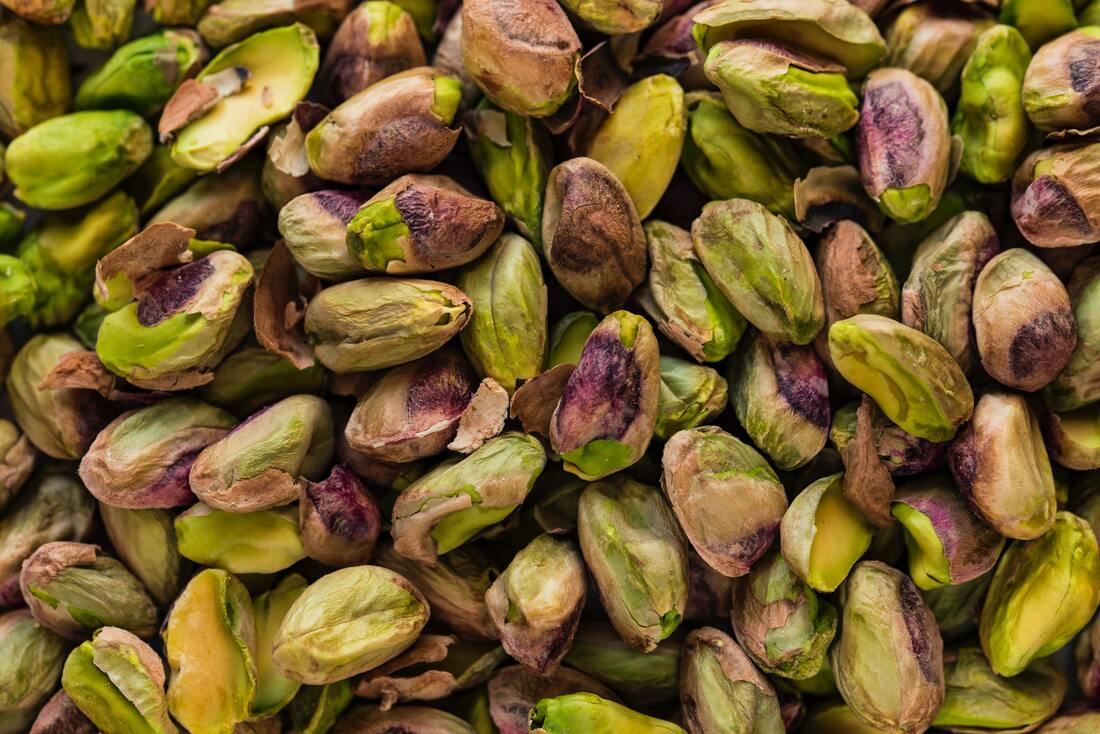
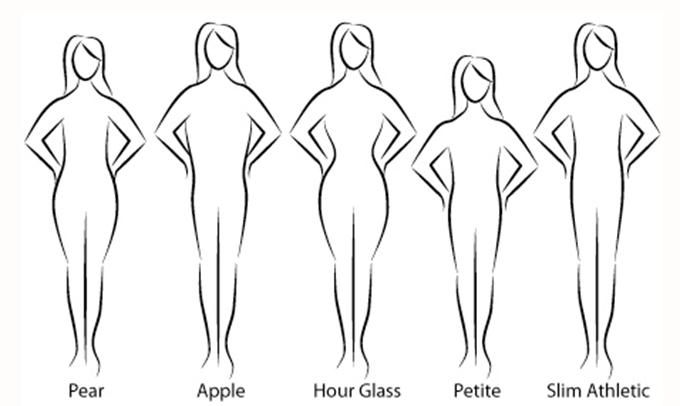
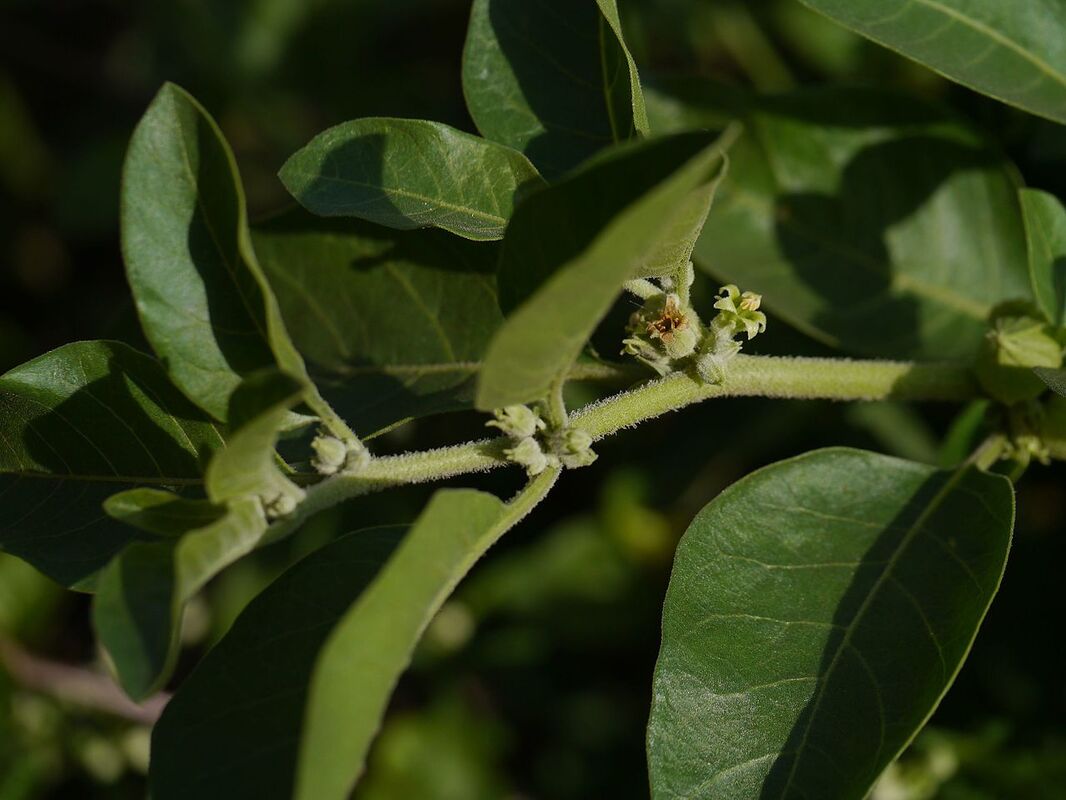

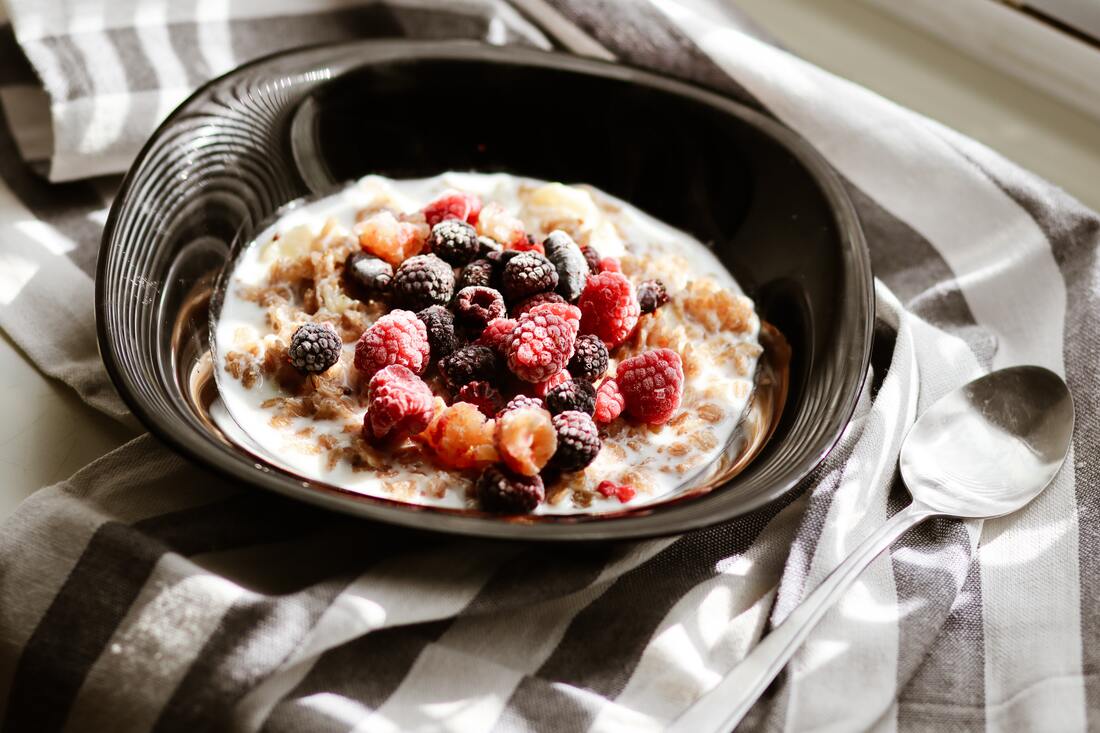
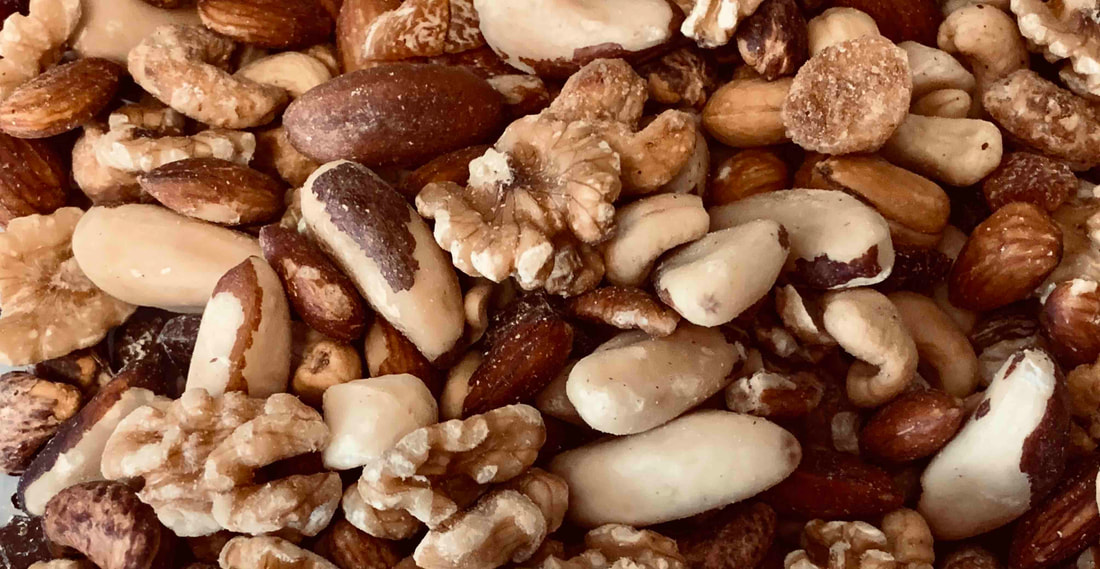
 RSS Feed
RSS Feed



